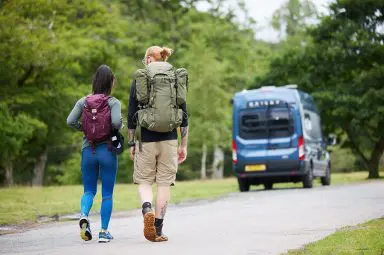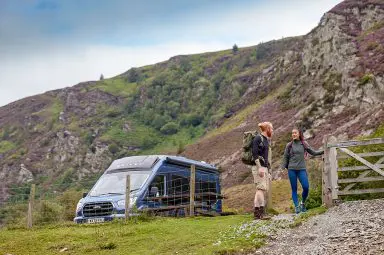Ten Things to do in 2022
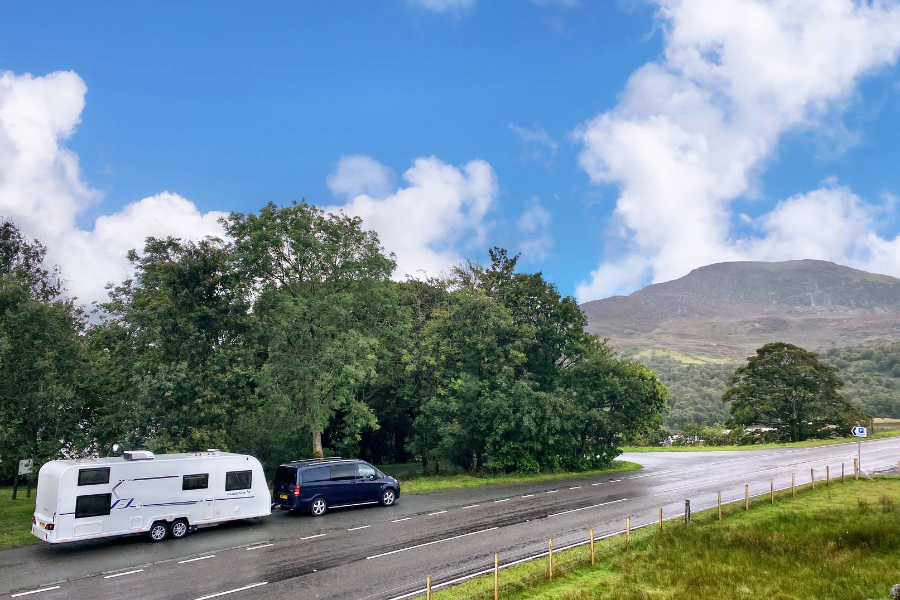
1. Visit a National Park
In 1951, the Peak District was the first area in the UK to achieve National Park status, with many more locations added by the end of the decade. The Broads joined National Park ranks in 1989, and with the passing of the National Parks (Scotland) Act in 2000, Scottish parks swelled UK venues to fifteen. An army of hardened walkers have crisscrossed these beautiful and rugged locations, but developments across several parks ensure they are accessible to an ever-growing number of people. 1386 miles of routes are suitable for folks with access challenges, and Dark Sky status allows stargazers to peer skyward without modern lighting ruining the view. What’s more, should you ‘collect’ all 15 UK locations, National Parks stretch far & wide with our 2019 visit to Plitvice Holiday resort, Croatia proving popular for folks visiting nearby Plitvice Lakes National Park.
UK National Parks:
- Cairngorms
- Loch Lomond & The Trossachs
- Northumberland
- Yorkshire Dales
- North York Moors
- Peak District
- Snowdonia
- Broads
- Pembrokeshire Coast
- Brecon Beacons
- South Downs
- New Forest
- Exmoor
- Dartmoor
Visit National Parks UK to discover your nearest National Park.
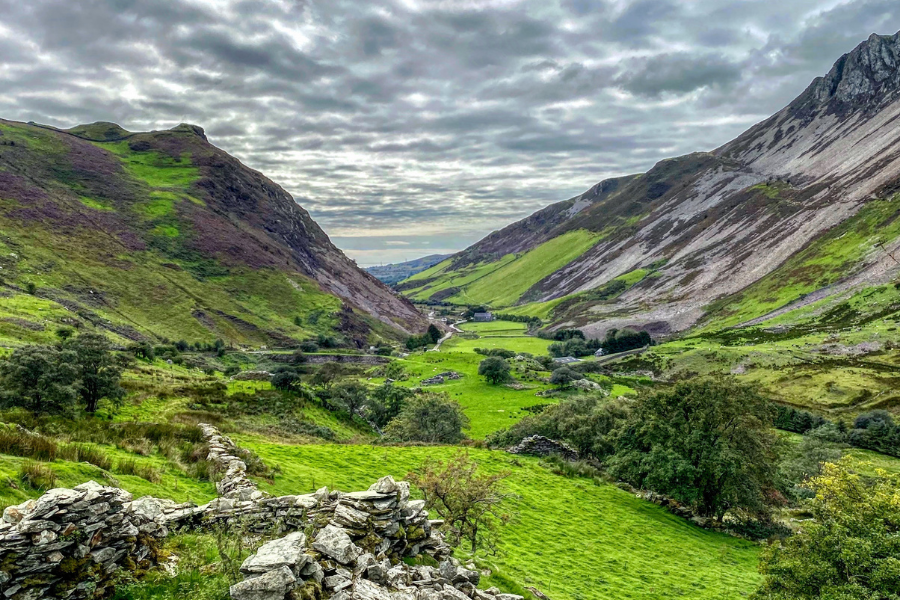
2. Book a CL or CS site
Many leisure vehicle owners enjoy site nights at CLs, but what are they?
The Caravan & Motorhome Club and The Camping & Caravanning Club certify small, independently owned sites and locations that have a maximum of five pitches, or ten tents if booking through the Camping & Caravanning Club. Being privately owned, views may extend across a farm, country estate, vineyard, or anything in between, with pricing often lower than a club site. Thousands of these sites exist in the UK alone, with details on either club website. Or the CL Booking app (on Apple’s App Store or Google Play) lists 200 (or so) CLs from The Caravan & Motorhome Club network.
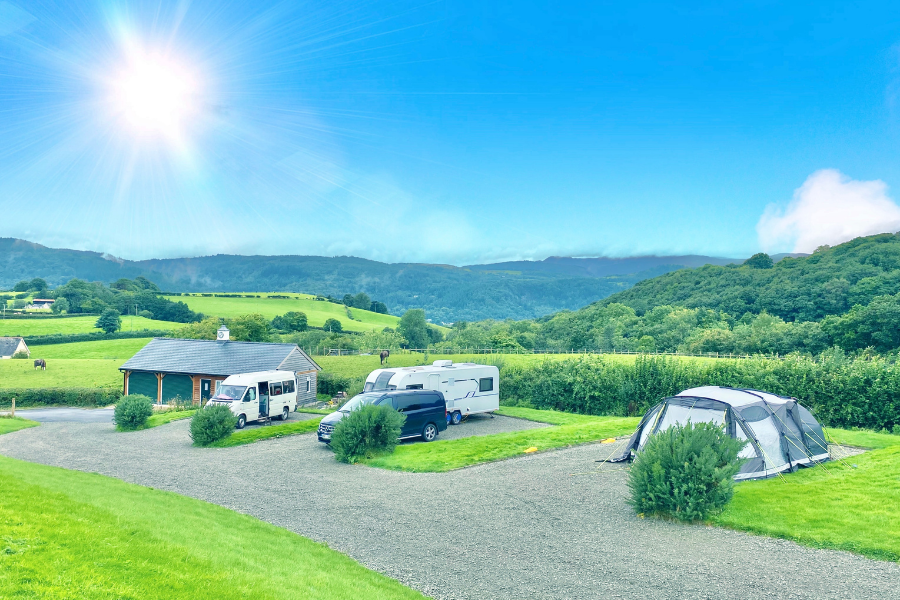
3. Take part in a rally
Have you enjoyed The National (now Clubfest) or the NFOL? These flagship events from The Caravan and Motorhome Club and The Camping and Caravanning Club attract thousands of members, the origins of which date back many years. Regional centres also hold smaller rallies that may pivot around a particular activity, event, or specific part of the country. I’ve attended several rallies and without exception, everyone has been incredibly warm and welcoming. What’s more, rallying can be a very cost-effective way to spend time in your ‘van. Whichever club you belong to, visit the website and search ‘rally’.
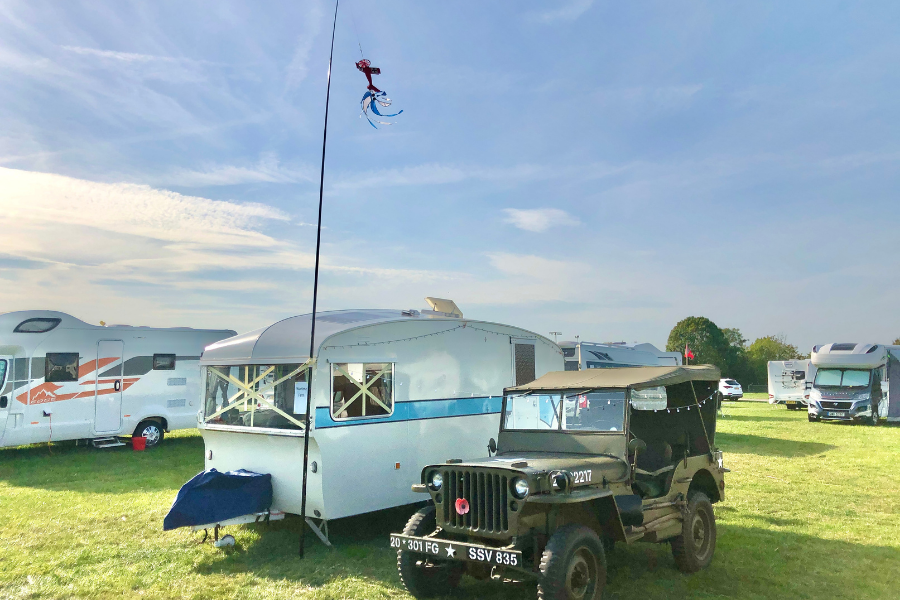
4. Visit another country
I remember our first caravanning trip to France like it was yesterday. Impossibly narrow ferry lanes and fears of driving on the ‘other side’ dominated my thoughts, although this couldn’t have been further from the truth. Entering the terminal and boarding the ferry was a piece of cake, and once I’d followed other ferry traffic along dual-carriageways and around roundabouts, I was dialled in. Once on-site, we discovered supersized pitches and swimming pools that attracted our kids like a magnet. Both UK caravanning clubs offer substantial ferry and site discounts, which brings a European trip within easy reach. Sites such as Chateau du Gandspette are just 30-minutes from Calais and are perfect for that first French foray.

5. Swim wild
Wild Swimming is growing in popularity thanks to the at-one-with-nature feel it gives each swimmer. A few brave souls take to the water year-round, wetsuit optional, but we tend to visit such locations during the warmer months. Without a spot of pre-dip homework, finding the ideal place may seem a daunting task, especially if the waters are muddied with thoughts of trespassing. Thankfully, the Wild Swimming website lists suitable locations, with searches narrowed by area and county. There’s also a handy section of dos and don’ts, which should be read before exploring the UK’s rivers and lakes.
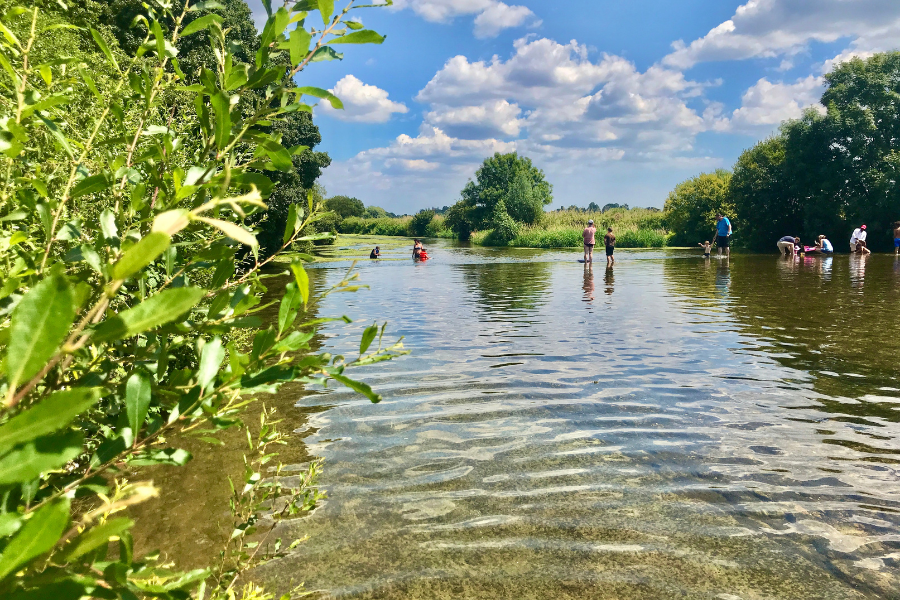
6. Stay on an Island
‘Island Bagging’ is very real and has even featured in the Daily Telegraph. Originating, arguably, in Scotland, the phenomenon of visiting all 706 UK islands has gained pace, although online research suggests that all 706 islands have yet to be bagged by a single person. My caravanning version features 698 fewer locations, a much more agreeable number considering spare time and available budget, which began with a caravanning trip to the Isle of Wight. By my calculation, eight islands are home to at least one club or CL site.
I was almost fooled by Islandmagee in Ireland, which Wikipedia grants peninsula status, and I haven’t included much larger islands such as England/Wales/Scotland or Ireland. My quest, however, isn’t something to rush, as it’s taken several years to perch our caravan atop the Isle of Wight, Anglesey, and Hayling Island.
The following islands are home to sites:

7. Enter a Parkrun and become a parkrun tourist
parkrun (with a small ‘p’), the brainchild of Paul Sinton-Hewett, was initially named Bushy Park Time Trial. This London-based event proved popular, eventually spreading across 22 countries thanks to two things that make this a series like no other – it’s completely free and there’s no time limit. With almost 2000 events across five continents, 77 of which are in the UK, parkrun tourism was born. My tally isn’t that impressive (yet), as I’ve only participated in a few local events. However, the 09:00 start meant I was home again by 10:00 during my fitter days, 10:30 more recently.
A few years ago, we stumbled across the Newport parkrun by accident. Held in the grounds of Tredegar House – a few hundred yards from The Caravan and Motorhome Club site – the grounds of this National Trust property brimmed with runners, leaving us a little miffed that we hadn’t packed our running kit. Many deem this type of event the preserve of the super fit, but this isn’t the case. parkrun proudly states that ‘no one comes last’ due to a tail walker who crosses the finishing line behind all participants. Testimonials abound from folks battling weight, injury, and other issues, with the support and encouragement being second to none. Whether you wish to walk, jog, or run (or a combination of all three), all you need to do is sign up (for free) at parkrun.org.uk, print a barcode (that gets scanned at the event), and turn up just before 9 AM.
8. 2-Minute Beach Clean
Keeping our beaches clean and debris-free requires an army of littler pickers, but did you know you could join the ranks? Martin Dorey, a keen surfer, founded the 2-Minute Beach Clean, and his army of volunteers has grown exponentially. The idea behind the movement is a simple one – we all have 2-minutes to spare when visiting the beach, don’t we? 2-Minute Beach Clean boards can be found on many beaches and provide bags and litter picking sticks to help us help ourselves. Not all waste is discarded detritus from fellow beachgoers, as much of it is washed ashore. Famous examples include Garfield telephones that left a container ship in the 1980s and have been gradually making their way to our sandy beaches, piece-by piece.
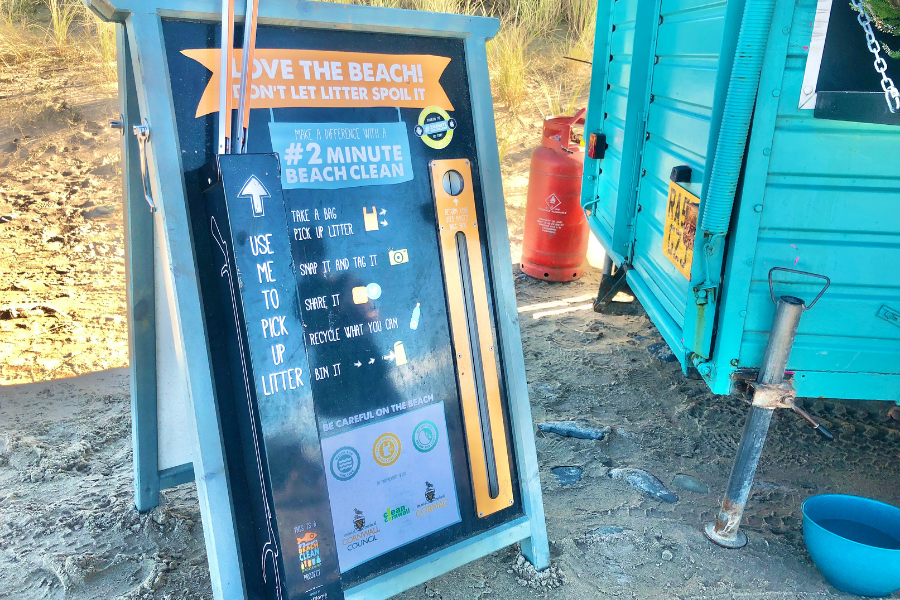
9. Coast Path Routes
Coastal walking routes cover most of England, Scotland and Wales, with a great many sections divided into bite-sized chunks. These chunks allow folks to ‘collect’ an entire route one segment at a time, something that’s particularly easy to do along the Southwest Coast Path. I often cover touring features for Devon, Cornwall, and Somerset, and during these trips I’ve met many leisure vehicle owners who have chosen a particular site based upon its proximity to a specific stretch of the SWCP. This 630-mile route stretches from Minehead, Somerset to Poole, Dorset, and with several sections close to club sites, I can see why it’s so popular. Of course, any plotted route soon unearths a competitive element, with ultra-runner Kristian Morgan completing the entire route in just 10 days, 12 hours, and 6 minutes. Me, I like to dip into such things when weather, pubs or restaurants allow, with the SWCP team using such establishments as waymarkers. Routes can be prepared in advance based upon distance, ease of route, whether it’s family-friendly, and if a pub is within easy reach of the path. I kid you not. The website – southwestcoastpath.org.uk – also allows visitors to choose circular routes or sections of trail that deposit walkers in a town close to local transport links. The digital age allows us to follow our phones, although printed maps are available to purchase, enabling the dedicated to highlight completed sections.
Handy reference guides for coastal routes:
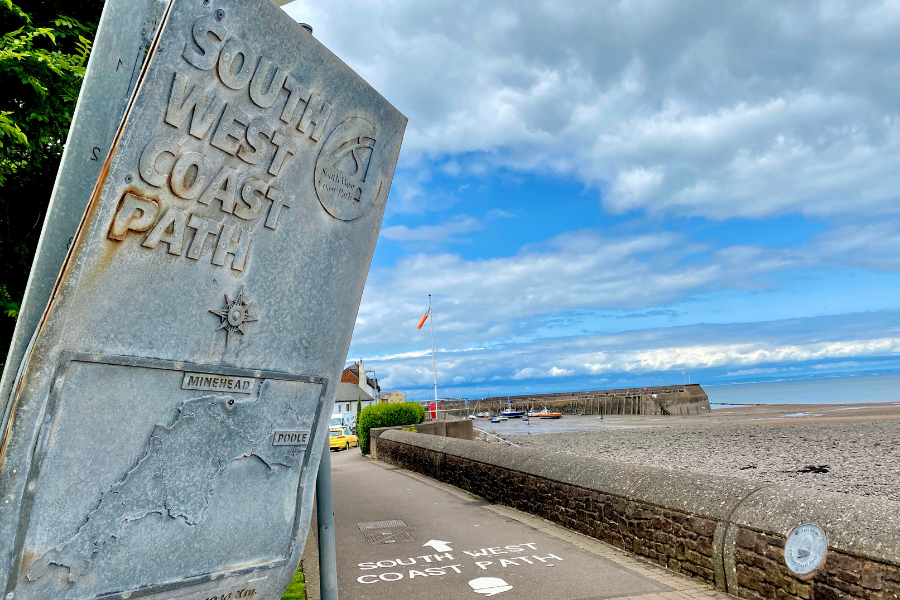
10. National Trust Properties
Have you seen the Golden Years film? Starring Bernard Hill, Una Stubbs and Simon Callow, the pension crisis encouraged a retired team of caravanners to rob local banks while touring the country by caravan, enjoying National trust properties as they go. The brainchild of DIY SOS’ Nick Knowles, the plot revolves around a popular pastime among caravan and motorhome owners – visiting National Trust and English Heritage properties. The NT alone boasts over 500 historic houses, castles, ancient monuments, gardens, parks, and nature reserves (including nine lighthouses, 56 villages, 39 pubs and a gold mine), which means there’s a good chance of finding a club site, or CL, next to your desired location.
Locations to visit:
Previous
Store or Tour? 30 Tips to Winterize a Caravan or Motorhome, or Enjoy Winter Touring
Next
8ft Wide Caravans: Is a Bigger Caravan Better in 2022?
Latest news & events
See all news & eventsChipping Sodbury Spring Sales Event
BADMINTON ROAD, CHIPPING SODBURY, BRISTOL
West Country Motorhomes Open Weekend
BRISTOL ROAD, BRENT KNOLL, HIGHBRIDGE, SOMERSET
Swindon, Oxford and Reading Caravan and Motorhome Centre Easter Sales Event
GREATFIELD, ROYAL WOOTTON BASSETT, WILTSHIRE
Grantham's Midlands Caravan & Motorhome Season Ready Show
SPITTLEGATE LEVEL
GRANTHAM
